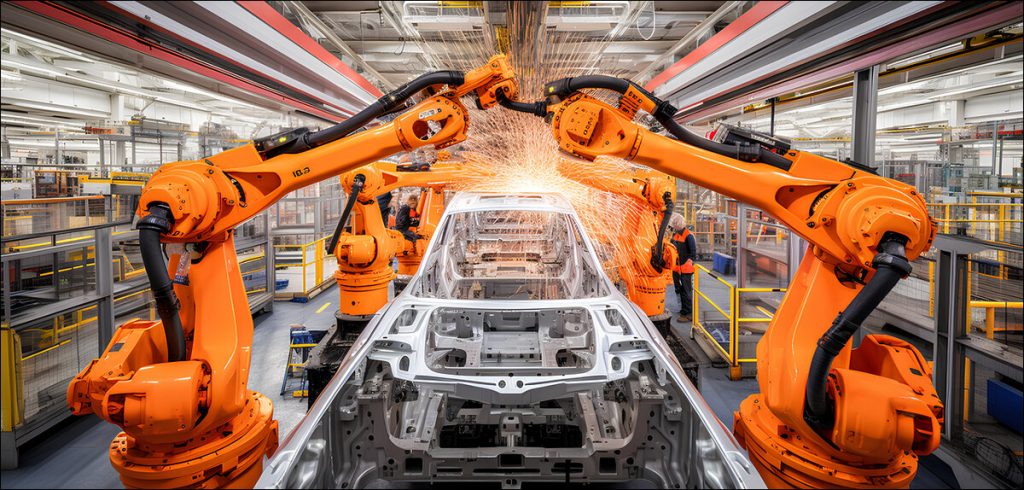Despite being romanticised as futuristic; robots are already an indispensable part of our lives not only making it better but also exploring outer worlds like the Moon and Mars writes Satyen K. Bordoloi highlighting how AI is turbocharging the industry.
In the film, The Bicentennial Man, a house robot with an AI brain is bought by a family. It is gauche and unable to hold even a small glass horse model, breaks it. With time though, the robot learns to fit in, managing not just fragile things, but householders’ delicate egos.
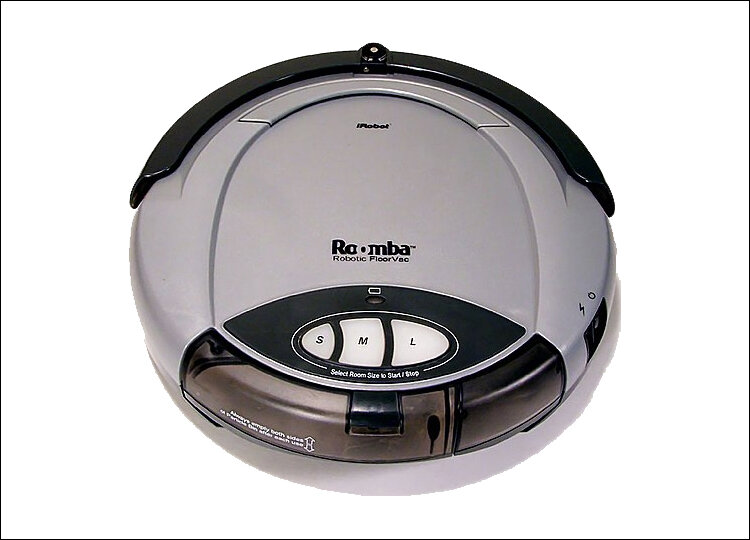
The future of humanity is like the one imagined in the film: every house will have a robot servant. Let me correct that: many homes already have one – the Roombas cleaning our houses – and everyone uses products made by them daily. From the device you’re reading this on, to cars and any instrument that requires precision have been assembled and mass-produced by robots. Most of our deliveries – especially from Amazon – have been picked and packaged by warehouse robots.
That is the irony, that in all the blustering talks about Artificial Intelligence, we are forgetting a quiet revolution taking place: that of robotics. Ironic because modern robotics has had a history that parallels computing and the latest AI revolution.
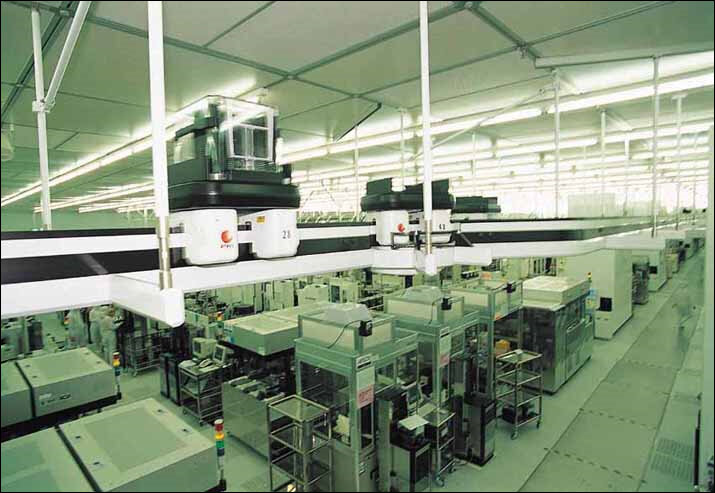
A HISTORY OF ROBOTS:
The preferred term in the past has been ‘automaton’. It’s a more precise term because as the word suggests, it is supposed to do its task automatically. But ‘robot’ – coined 100 years ago – is catchy, has a good sound to it and is easy to break into other terms like ‘bot’.
Though a staple of our fantasies for many a millennium, modern robotics emerged in the technological utopia post World War II. With computers automating some of the intellectual tasks – especially mathematical ones that we’d otherwise do individually, the idea grew that we could build industrial machines that could do the same for tasks that needed physical labour. Thus, right around the time when Issac Asimov was creating the now famous (but as we’ve long realised, incomplete) three laws of robotics, humanity was building its first robots.
These were used in assembly lines of products to automate the assembly of consumer goods. It enabled companies to quickly mass produce a lot of goods shipped across the world. From cars to tape recorders, from household items like cookers and bottles to the morning newspaper – it wasn’t long before it became increasingly difficult to find things that did not involve different types of automated machines aka robots somewhere in its production. Robotics thus made the modern supply chain necessary, ushering in the age of globalization and thus consumerism and capitalism.
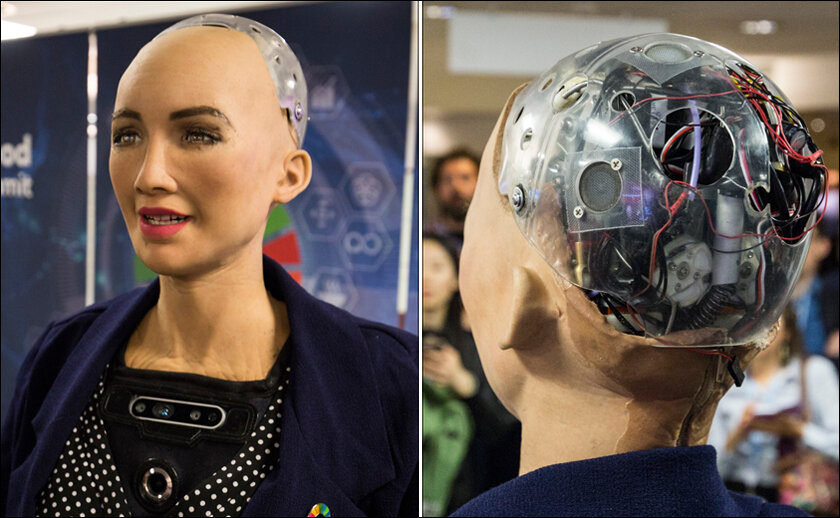
ROBOTS IN OUR LIVES TODAY:
The robots that get the most press and thus our attention, are the most useless ones. These are humanoids like Sophia which was granted citizenship by Saudi Arabia. Or the robot dogs by Sony. Or those that serve in different airports and hospitals. The excessive attention to these ‘robots’ obscures those, on whose shoulders the edifice of our civilization rests.
Take the device you’re reading this on – a computer or handheld device like a mobile or tablet. Chances are the entire device – from its component parts to the final assembly – has not had a single human touch. And the brains of these devices, the microchips in them – are literally never touched by a human in their entire lifecycle. It is only at the final disassembly or breaking of a defunct device that they get to feel a human hand. That’s because it is one of the greatest marvels of human creativity and science.
To understand why, consider this. The Regency TR1 was the first transistor Radio that came into the market on October 18, 1954. It had in total four germanium transistors handling various functions inside. Compare that to the M2 Pro chip in most new iPhones today. It has over 40 billion transistors. The M2 Max has 67 billion transistors. Thus, one iPhone today perhaps has more transistors than all radios ever produced. These are so tiny that not only can they not be made by human hand, they are created by robots in hermetically sealed environments for even a speck of dust would ruin a chip.
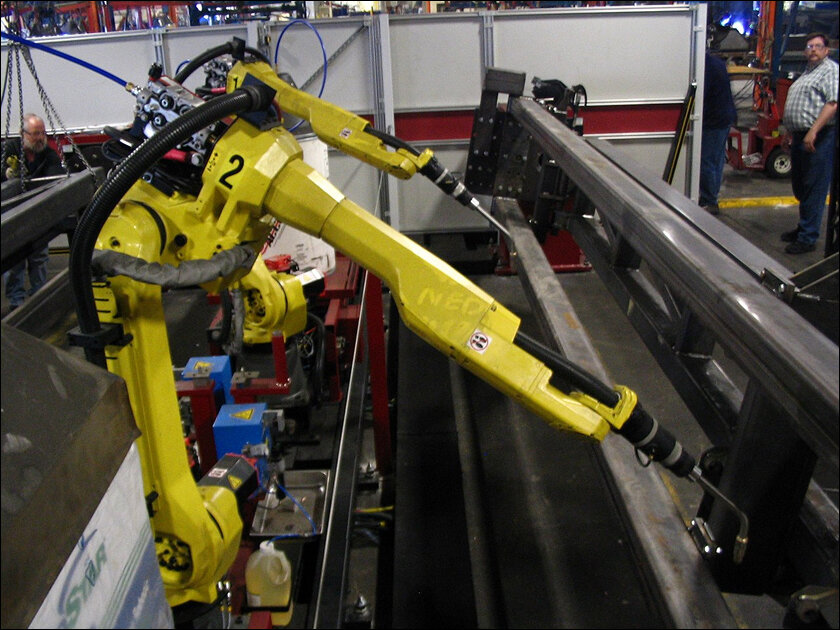
THE HARD AND SOFT PROBLEM OF ROBOTICS:
The history of robots has surprisingly followed the trajectory of AI. Like computing was the precursor to AI, automated machines in assembly lines became the fathers of modern robotics. There’s a parallel in the AI world as well. Like narrow AI spread its use in our lives before broad AI could wow us, industrial robots or what are known as hard robots that could do only one specific task, spread into our lives. It is only in the last decade – that like broad AI – a more general robotic, i.e. those that could do different functions and adapt itself to the needs of a user are beginning to overshadow the industrial ones. These are called soft robots. ‘Soft’ because in contrast to the rigid-bodied industrial robots made from metals, ceramics and hard plastics, these robots are made of softer, more pliant materials and can be used for multiple purposes.
One of the most famous examples of soft robotics is the robots made by Boston Dynamics. Though they also make industrial hard robots, their main focus of R&D has been soft robots. In the last few years, their robots have won hearts by jumping, playing and dancing among other things. But behind the scenes, they are doing some amazing work. Their dog-looking four-legged robots have been used for patrolling the street as police dogs, sent to hazardous places like mouths of volcanoes and even been used by the military with a gun mounted on its back which thankfully has generated a lot of protests.
Soft robots are becoming indispensable, just like their hard cousins. During the Fukushima disaster, a lot of the hazardous work was done by soft robots, in contrast to the robots the Russians tried to use during Chornobyl to not-so-satisfactory results. This, in itself, shows both the advance and the indispensability of robots in our lives.
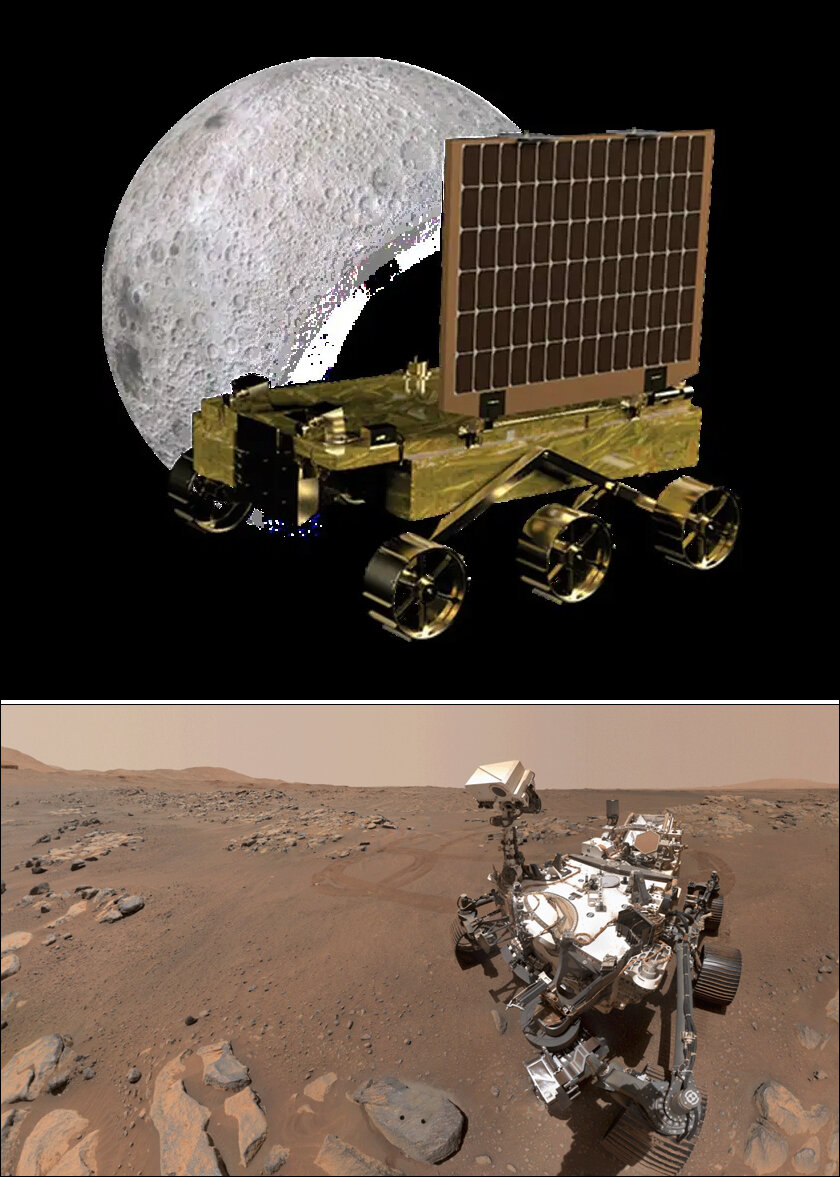
(Image Credit: ISRO / Wikipedia)
And let’s not forget the robots engaged in space exploration. We call Perseverance in Mars and our own Pragyan that piggybacked to the moon on Chandrayaan 3, rovers. But these are some of the best robots ever made. Vikram and the Pragyan rover are supposed to last only two weeks though ISRO thinks it might survive Moon’s bitter south pole cold, but Perseverance has been loitering on Mars’ surface since – as of 31 August 2023 – for 899 sols or 924 Earth days and can go on for years without a human touching it.
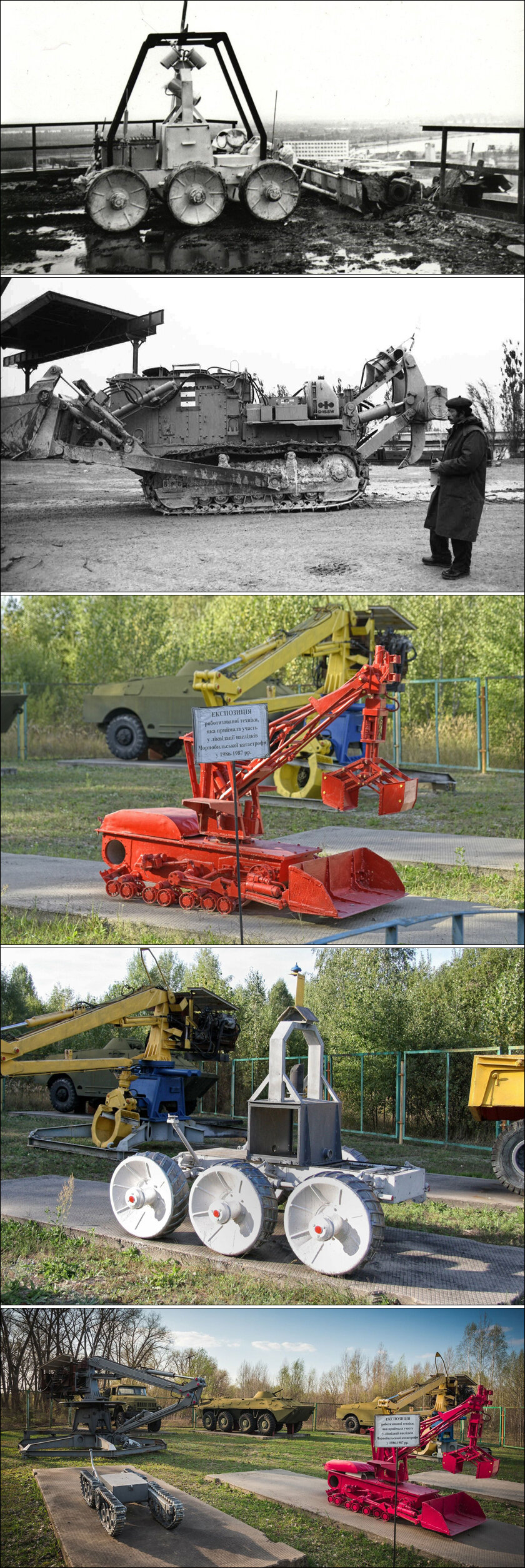
A NEW ERA OF ROBOTICS:
AI is the intellectual version of a physical robot: while a robot automates physical processes, AI does the same for intellectual ones. The advent of Artificial Intelligence has radically altered the robotics landscape. We have stopped taking the field for granted. Instead, we realise the profits to be had by mating AI with robotics. Perseverance is the perfect example of this union. Among other such examples are Autonomous Vehicles (AVs) or self-driving cars. You can call AVs some of the most advanced robots ever built. Again, though the focus in AVs is its AI, in truth it is a seamless system and is actually a robot with some of the smartest brains ever created.
AI has given Robotics a shot in the arm in many ways. Not only does it provide AI with the semblance of a brain it has lacked so far, but also helps in the research and development of new types of robots and materials to use in them. 3D printing has further empowered robotics. Not only is the 3D printer a type of robot in itself, but you can print the various moving parts of a robot to make one for yourself. 3D printing has become an indispensable tool in the rapid development of soft robotics and in its promotion in schools and colleges across the world.
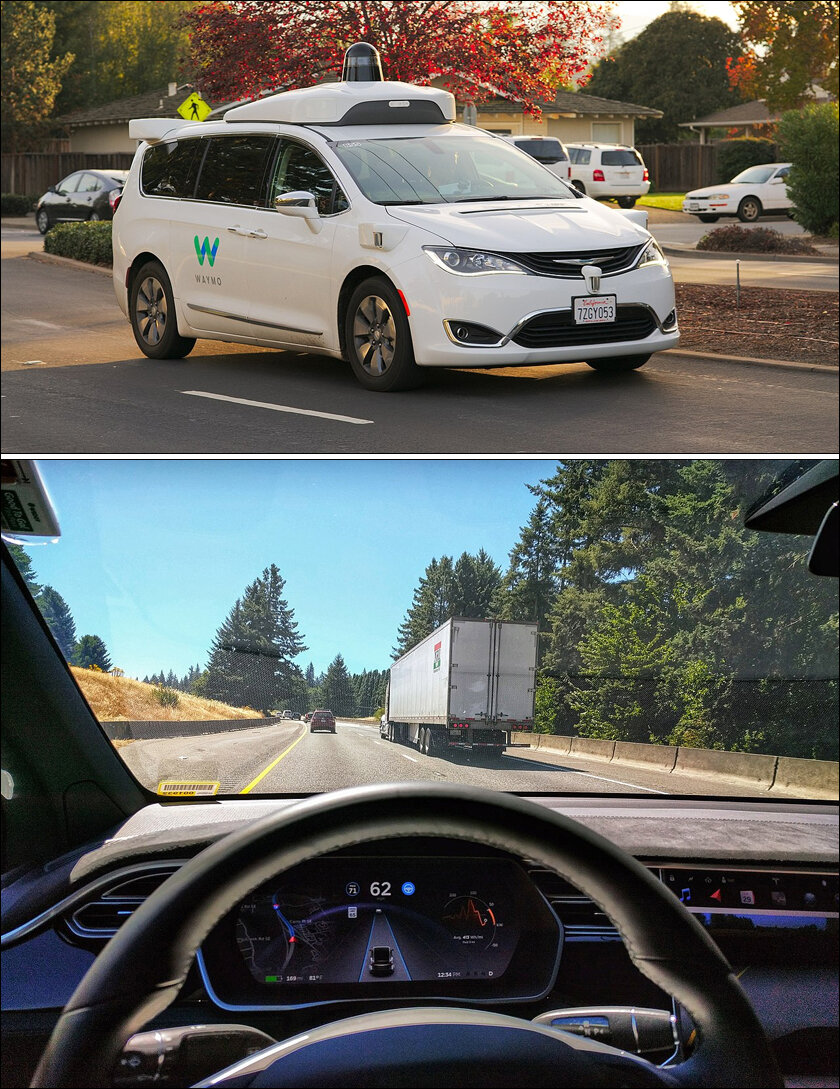
(Image Credit: Wikipedia)
Advances in various other fields are feeding soft robotics. New principles of physics are helping robots do all kinds of things. Biorobotics has emerged as a hot, new interdisciplinary field that combines other fields like biomedical engineering, computing and robotics to create technologies to integrate biology with mechanical systems to create machines that imitate living things.
Of course, naysayers also talk about the doom and gloom that could emerge from soft robotics. The flow of films on robots – both popular and quickly forgettable – made since the time the first modern robots and Asimov popularised them with his writings, has been relentless. A negligible amount of them have been about benevolent robots – like Bicentennial Man – most, from 2001 A Space Odyssey (the entire spaceship is a robot with Hal as its AI brain), to Terminator, Matrix and Ex Machina, have been about evil robots killing humans, destroying the planet.
Where do robots go from here? Look no further than that Bicentennial Man in which Andrew the robot sets out on a journey to be like its masters, and succeeds. The film envisages what is known as singularity without calling it so. Perhaps that is also our future: a world where all kinds of biological beings, semi-biological cyborgs and nonbiological intelligences live and work together.
In case you missed:
- When AI Meets Metal: How the Marriage of AI & Robotics Will Change the World
- Forget Smart Homes – Welcome to Your ‘Feeling’ Home
- Rise of the Robolympics: When R2-D2 Meets Rocky Balboa
- Bots to Robots: Google’s Quest to Give AI a Body (and Maybe a Sense of Humour)
- Quantum Leaps in Science: AI as the Assembly Line of Discovery
- AIoT Explained: The Intersection of AI and the Internet of Things
- A Data Centre on the Moon – From Sci-Fi to Necessity
- AI’s Top-Secret Mission: Solving Humanity’s Biggest Problems While We Argue About Apocalypse
- When Geniuses Mess Up: AI & Mistakes of Newton, Einstein, Wozniak, Hinton
- To Be or Not to Be Polite With AI? Answer: It’s Complicated (& Hilarious)



